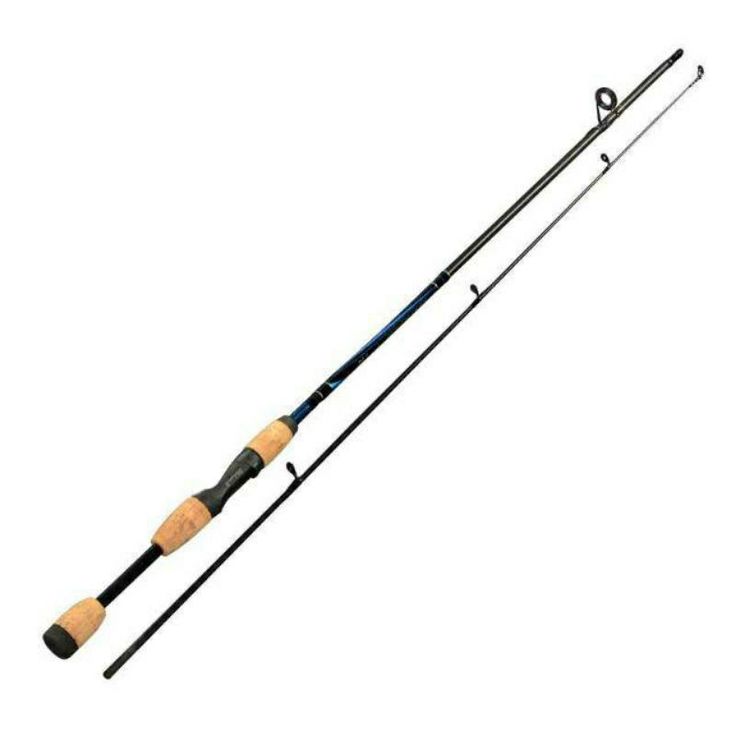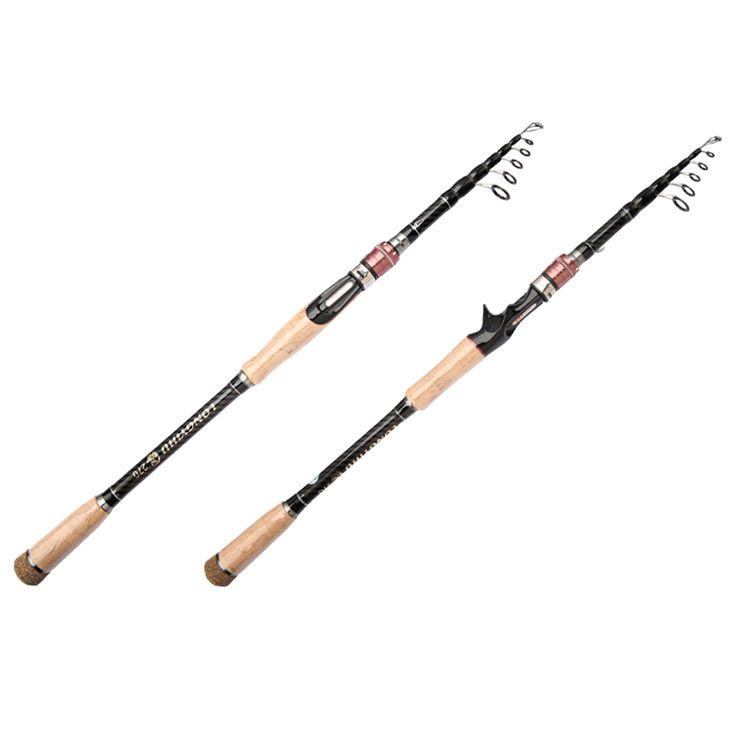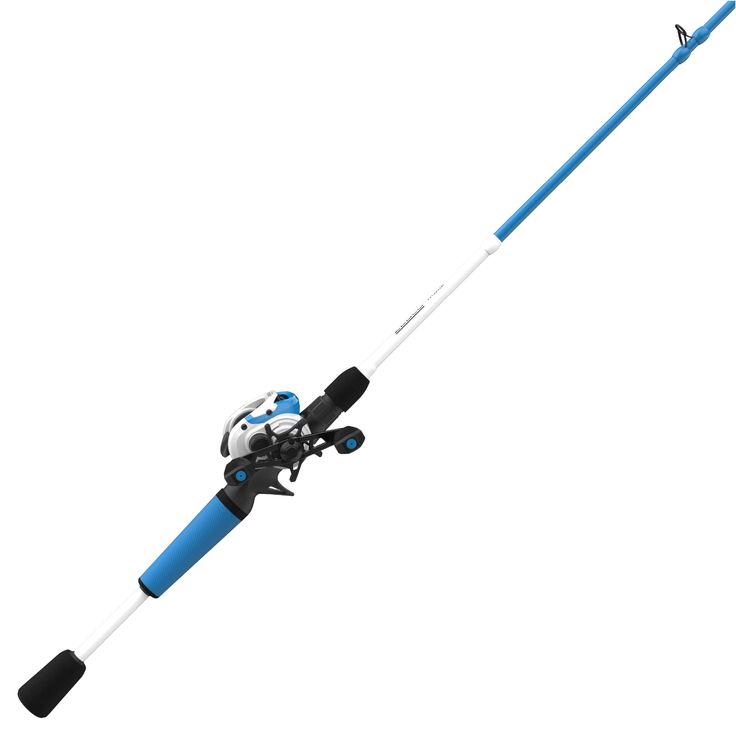Introduction to Fishing Rod Repairs
Fishing is more than just a hobby; it’s a connection to nature. It gives us peace. But sometimes, our trusty fishing rods break. The good news? You can often fix them yourself. This guide will show you how to fix broken fishing rod. First, check if the rod is really broken. Look for bends, cracks, bad guides, or holes. Is the tip too weak? Once you’re sure it’s broken, you can fix it.
You’ll need to pick the right repair method. For small issues, sometimes a quick fix works. Big problems might need new parts. And if the rod is badly damaged, you might need a new one. But for many breaks, epoxy glue is the way to go.
To start your repair, get the right tools and a good place to work. Make sure you have everything you need. Wear gloves and glasses to stay safe. If you follow the right steps, your fishing rod can be as good as new. You’ll be back fishing in no time. Just remember to take care of your rod. Regular checks can help it last longer.

Identifying the Damage
Before embarking on the journey of repairing your fishing rod, it is crucial to accurately identify the damage that has occurred. This step will ensure that you address the right issues and restore your rod to functionality. Here are some key points to consider:
- Bent or Cracked Sections
Begin by examining the rod in its entirety. Pay close attention to areas where sections connect, as these joints are often prone to damage. Look for any noticeable bends or cracks along the length of the rod. Visible warping or cracking can weaken the rod’s structural integrity and may require immediate attention to prevent further issues. - Damaged Guides
Next, turn your focus to the guides, commonly referred to as eyes. These rings are essential for guiding the fishing line along the rod. Inspect each guide carefully for signs of damage, such as cracks, breaks, or improper attachment. Missing or poorly fitted guides can greatly impair the rod’s effectiveness and casting performance, necessitating repairs or replacements. - Holes and Weakness in the Blank
The blank, or main shaft of the fishing rod, is another critical area to inspect. Look for any punctures, holes, or other indicators of weakness. Damage in this area can compromise the rod’s strength, making it unreliable and prone to failure during use. Attention to these details is vital for a thorough assessment. - Inspecting the Tip
Finally, do not overlook the tip of the fishing rod. This delicate part is susceptible to damage and should be checked for excessive bending or signs of weakness. If the tip feels unusually flexible or fragile, it may indicate that the rod has sustained damage that needs addressing. Properly assessing the condition of the tip is essential for optimal performance on the water.
By following these steps, you can effectively identify the damage on your fishing rod and prepare for the necessary repairs.
Choosing the Right Repair Method
When your fishing rod breaks, choosing the right method to repair it is essential to ensure you can get back to enjoying your time on the water. Here are some options to consider:
1. Temporary Fixes
If your rod experiences a minor issue, a temporary fix might be all you need. Simple solutions like using tape or rubber adhesive can effectively hold the break in place. While these fixes aren’t intended for long-term use, they can provide a quick remedy, allowing you to continue fishing until a permanent repair is possible.
2. Replacing Damaged Parts
For bigger breaks, such as those that involve significant damage, it may be necessary to replace the damaged parts of the rod. This involves sourcing matching components and carefully swapping out the broken pieces. While this can be a time-consuming process, investing effort into replacing individual parts can significantly extend the lifespan of your rod and can be more cost-effective than purchasing a new one.
3. When to Buy a New Rod
In some cases, the damage may be beyond repair. If the necessary fixes are too labor-intensive or the cost of repairs exceeds the value of the rod, it may be more sensible to invest in a new rod. Assessing the extent of the damage is crucial to making this decision.
4. Using Epoxy for Durable Repairs
For cracks or splits in your rod, epoxy can be an effective solution. Employing specifically formulated rod-repair epoxy and following the application steps will result in a strong and durable fix. This method ensures that your rod is in good shape for future fishing trips and can help maintain its overall integrity.

Preparing for the Repair Process
Before you start fixing, you need the right stuff. Gather tools, materials, and make space. Think about how you’ll fix the rod. Don’t forget to put safety first.
Gathering Necessary Materials
To fix your rod, you’ll need certain materials. Get some epoxy glue, specially for rods. Also, find sandpaper and clean cloths. If your guides are busted, get new ones that match.
Setting Up Your Workspace
Pick a spot with good air flow and light to work. Clear a big space, like a bench. Cover it up to keep it clean. Lay out all your tools so they’re easy to reach.
Planning Your Approach
Think about what’s wrong with the rod. This helps you plan your fix. Make sure you know what to do at each step. If you’re unsure, ask a pro for tips.
Safety Precautions to Consider
Be safe when you repair. Wear gloves and safety glasses. Read all the labels on your materials. Make sure you’re using everything right and being careful.
Detailed Steps to Fix Your Fishing Rod
Cleaning and Preparing the Damaged Area
First, clean the damaged area. Use rubbing alcohol or acetone and a lint-free cloth. This ensures the surface is oil-free, letting the epoxy bond well.
Removing and Replacing Broken Parts
Next, remove any broken parts with a knife or blade. If a part is beyond repair, replace it with a new one that matches your rod. Ensure it fits perfectly before proceeding.
Applying Epoxy for Reinforcement
Mix the epoxy according to the instructions. Apply it carefully over the cleaned and prepared area. Use a small brush to cover all cracks and broken sections.
Reattaching Guides
If the guides, or ‘eyes’, are loosened or broken, attach new ones with epoxy. Align them correctly to ensure line flows smoothly.
Clamping and Curing
Use clamps or tape to hold the rod sections tightly while the epoxy cures. Follow the curing time recommended by the epoxy manufacturer. This secures a strong bond.

Testing and Maintaining Your Repaired Rod
After repairing your fishing rod, it’s vital to make sure it’s ready for action.
Post-Repair Inspection
Once the epoxy is fully set, inspect your rod carefully. Check the repair site for any signs of weakness. Gently bend the rod at different angles. This confirms the repair holds up under stress. Look over all reattached guides. Ensure they are secure and well-aligned for smooth line movement.
Maintenance Tips for Longevity
A well-maintained rod lasts longer and performs better. Clean your rod after each use, especially when fishing in saltwater. Dry it completely before storage to prevent rust and corrosion. Check the entire rod regularly for new signs of wear or damage. If you find any issues, address them quickly to avoid major breaks. Store your rod in a cool, dry place away from direct sunlight. Use a rod sleeve for extra protection during transport. With proper care, your repaired rod can provide many more successful fishing trips.